Ewe lamb mating targets: Anecdotal reports point to some farmers who would normally purchase replacement hoggets retaining homebred ewe lambs earlier in the season in a bid to insulate their system from perceived higher hogget prices.
Breeding from ewe lambs is a specialised production system and requires precise management to succeed.
The liveweight of ewe lambs at joining is a key determinant and lambs should weigh at least 60% of their mature weight without being excessively fed to meet targets as the latter can have negative consequences on health and fertility.
Ewe lambs should remain on a high plane of nutrition and continue to achieve modest weight gain throughout pregnancy.
Overfeeding should also be avoided in early pregnancy as it can have harmful interactions with progesterone supply.
Age will also have an influence on the timing at which lambs reach puberty but the influence of these factors reduces as the year progresses and lambs naturally begin to cycle due to the shortening day length.
This is something that should be borne in mind with regard the management of ewe lambs destined for slaughter as each spring there are significant issues and lost value with ewe lambs proving in-lamb.
Condition of hill ewes: Significant gains can be achieved in many flocks by addressing the condition of the bottom-performing ewes. This is especially relevant in hill flocks, with Teagasc research showing a strong association between the liveweight of Scottish Blackface ewes at mating and subsequent litter size (increasing from BCS 2 to 3 lifted the lambing percentage by 13.5%).
Findings from the Teagasc BETTER Farm sheep programme also show a difference in pregnancy rate of over 10% between ewes at a condition score of 2 at mating and those at the desired condition score of 3. Furthermore, ewes at the target body condition were also found to achieve a five day shorter lambing spread, with inadequate body condition contributing to ewes typically cycling later.
Weight targets can be monitored to shed light on ewes reaching condition targets where the general liveweight of ewes is known. For ewes on semi-improved hills, the general liveweight is in the region of 50kg and higher. For ewes on harder hills, this reduces to in the region of 45kg liveweight.
Farmyard manure: The last day permitted for spreading farmyard manure (FYM) is 31 October, with the prohibited application period starting on 1 November. The same rule applies across all zones and to farmers in Northern Ireland. The opening period for spreading FYM begins on 13 January in Zone A counties, 16 January in Zone B counties and 1 February in Zone C counties and in Northern Ireland.
FYM cannot be field-stored during the prohibited application period. It can only be stored under a roof or on a concrete slab/dungstead where run-off can be collected. Where sheds are being cleaned, it is easier to achieve a good clean when sheds are washed immediately after removing FYM.
It is beneficial to also apply a disinfectant, particularly given that turnout of ewes and lambs may have been delayed in spring and sheds could be harbouring a resultant build-up of bacteria. Adhere to manufacturers’ guidelines where applying disinfectants as these differ between products.




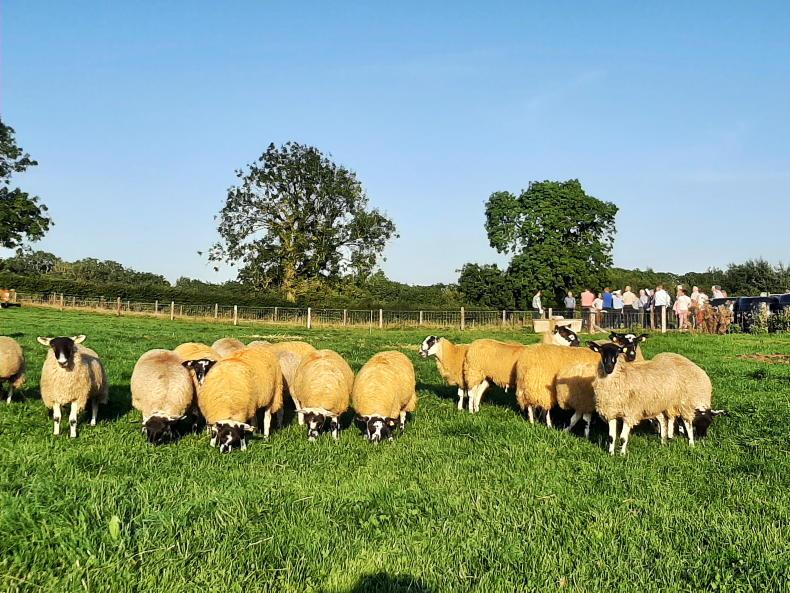
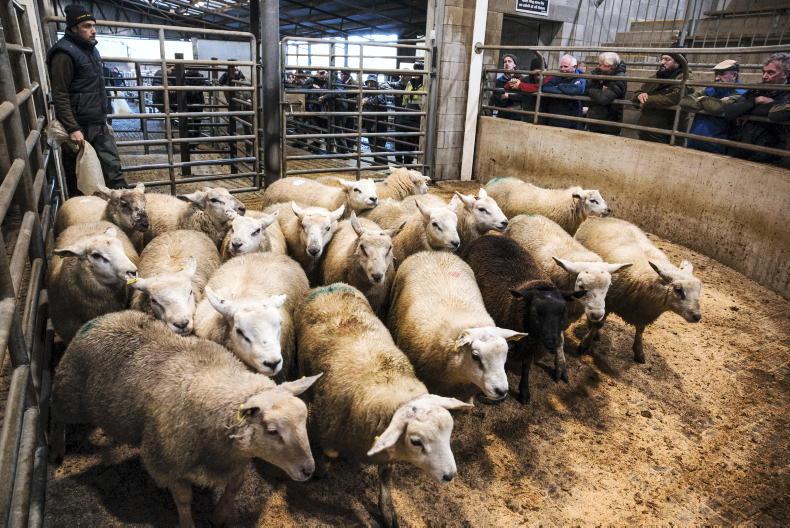

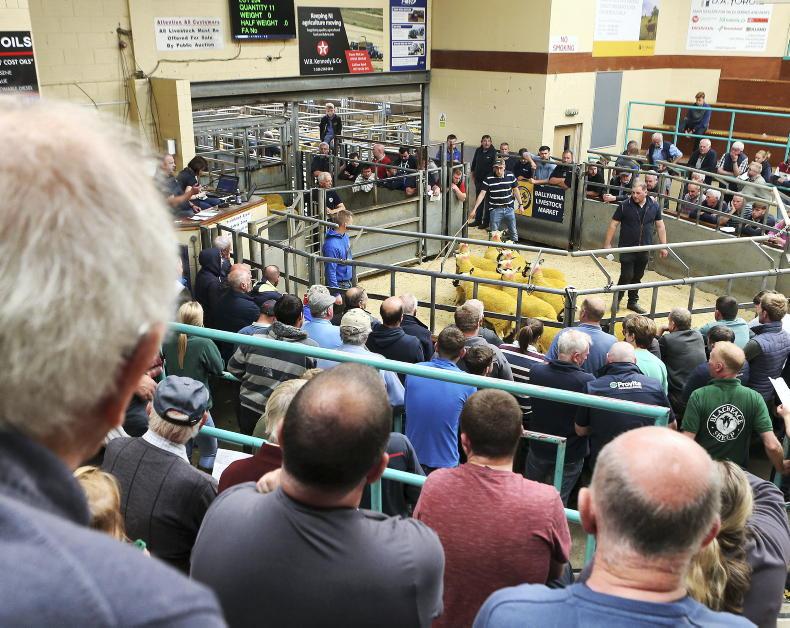
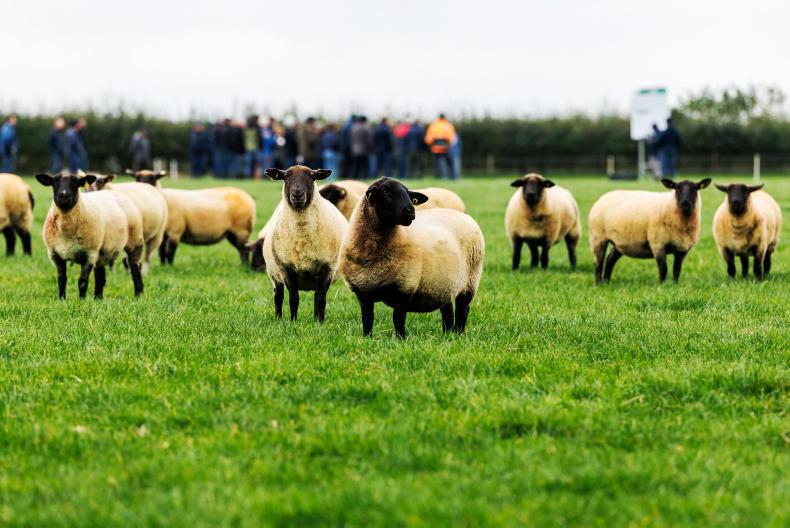
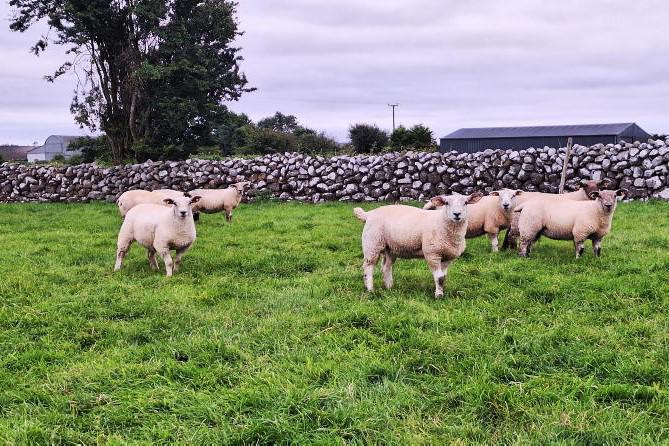
SHARING OPTIONS